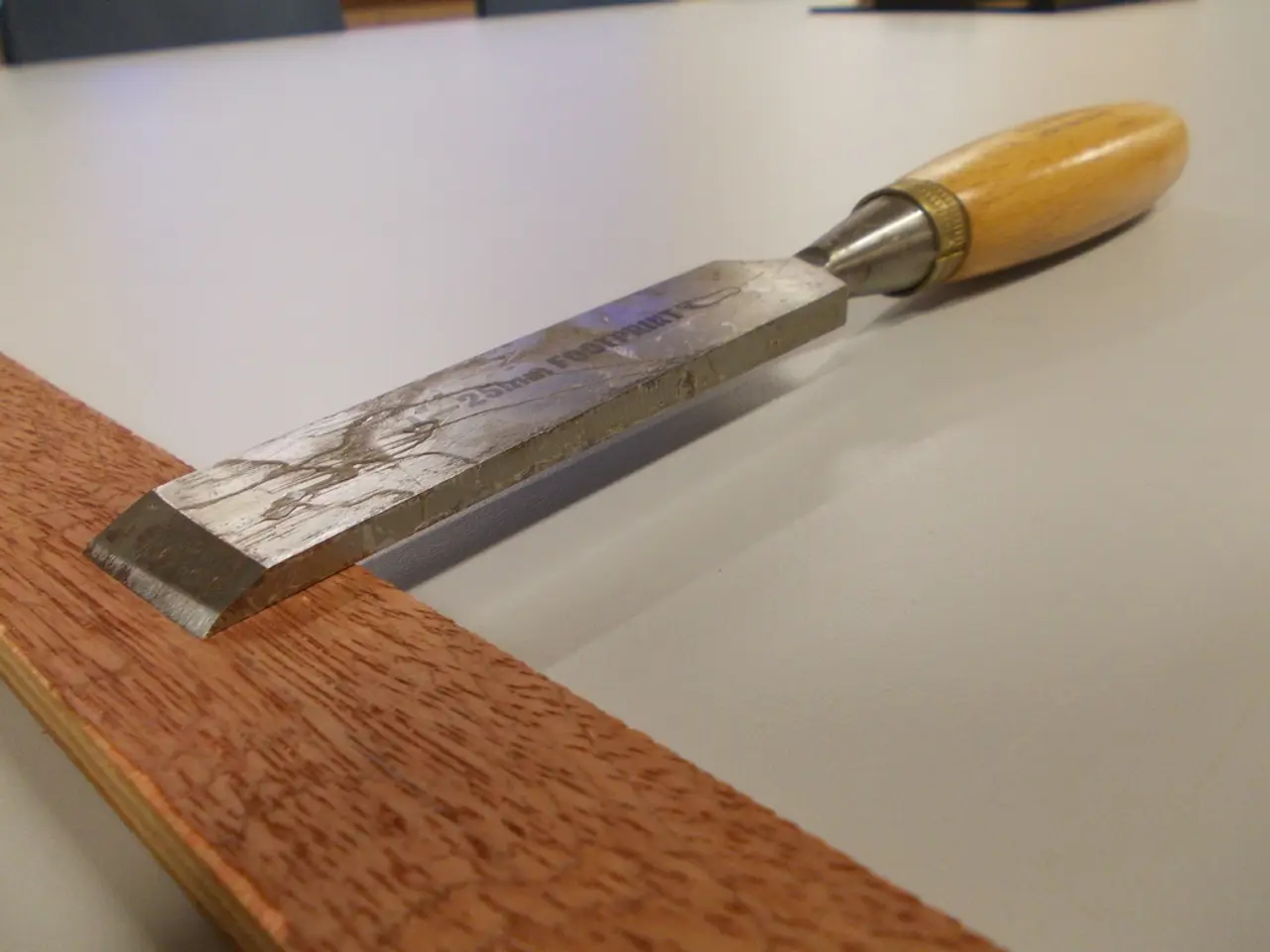Attempting Homemade Beeswax Coated Food Wrappers Again
In the ongoing quest to reduce plastic waste, DIY beeswax wraps have emerged as a simple and eco-friendly alternative to cling film. These wraps, made from natural ingredients like cotton cloth and beeswax, can be easily crafted at home with a few basic materials. Here's a comprehensive guide to creating your own beeswax wraps.
## Materials Needed: - Cotton cloth (preferably organic, cut into desired sizes) - Beeswax pastilles - Parchment paper - Iron - Optional: Jojoba oil, pine rosin (for additional durability and flexibility)
## Instructions:
1. **Prepare the Workspace:** - Lay out a piece of parchment paper on a flat surface. - Place a piece of cotton cloth on top of the parchment paper.
2. **Apply Beeswax:** - Sprinkle beeswax pastilles evenly over the cotton cloth. - If desired, add a few drops of Jojoba oil and/or a small amount of pine rosin for extra durability and flexibility.
3. **Add Additional Parchment Paper:** - Place another sheet of parchment paper on top of the cloth and beeswax mixture.
4. **Melt the Beeswax:** - Set your iron to a low heat setting (cotton setting, no steam). - Iron the parchment paper in circular motions until the beeswax melts and spreads evenly across the cloth. - You will see the wax start to liquify and cover the fabric uniformly.
5. **Allow to Cool:** - Let the beeswax wrap cool down completely before handling.
6. **Trim and Use:** - Once cooled, remove the parchment paper and trim any excess fabric if needed. - Your beeswax wrap is now ready to use for covering bowls, wrapping snacks, or storing food.
## Tips: - For a more robust wrap, you can add a mixture of pine rosin and Jojoba oil to the beeswax. - Be gentle when handling the wrap when it's warm, as it can be delicate. - Wash your beeswax wraps with mild soap and cold water to extend their lifespan.
By following these steps, you can create reusable, eco-friendly beeswax wraps that are perfect for reducing plastic waste in your kitchen. These wraps can be used for various purposes, including covering bowls, wrapping fruits, making snack pouches, or even creating a sandwich wrap with a button. Happy wrapping!
Incorporating organic cotton cloth into your beeswax wrap recipe not only makes the wraps more durable but also aligns with a plastic-free, environmental-science lifestyle. The natural ingredients like beeswax, Jojoba oil, and pine rosin contribute to a home-and-garden-friendly approach to reducing plastic waste, making this DIY project an excellent addition to your natural lifestyle. Moreover, caring for your beeswax wraps, as recommended by the environmental-science tips, ensures their long-term use, further promoting a sustainable home-and-garden lifestyle.




